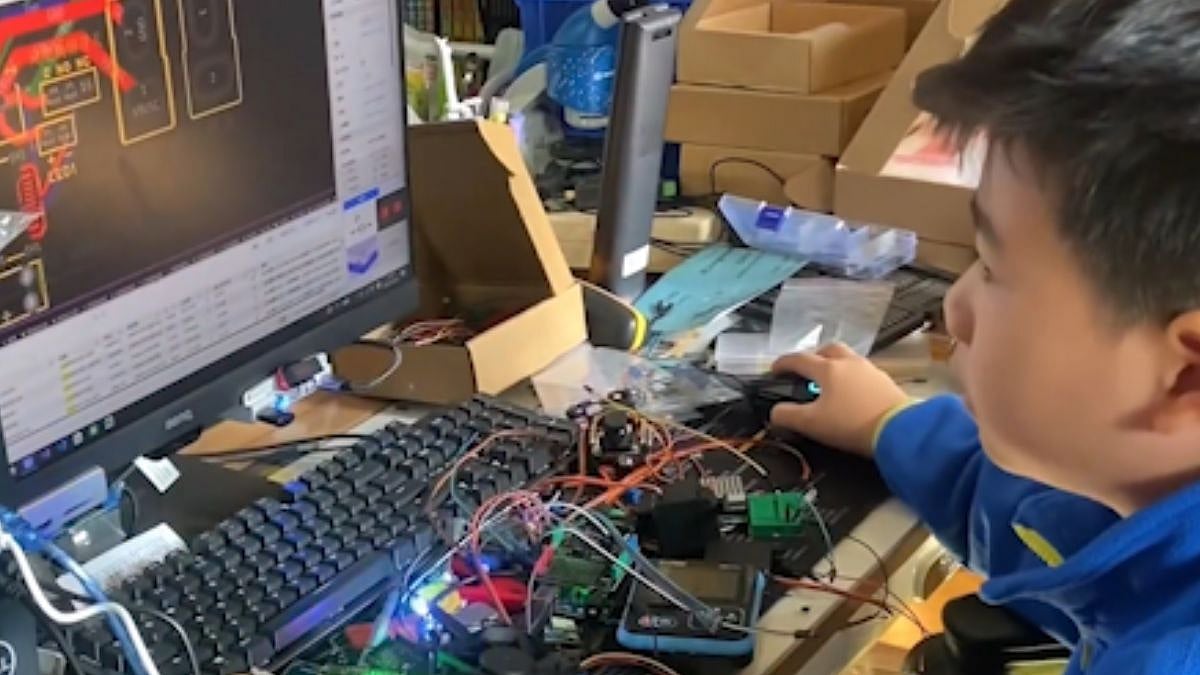India is set to herald the New Year with the launch of the country's first X-Ray Polarimeter Satellite (XPoSat) on January 1. Carrying the pure science satellite to space would be the Indian Space Research Organisation's workhorse, the Polar Satellite Launch Vehicle (PSLV).
ISRO's XPoSat is the world's second polarimetry mission, following NASA
The XPoSat mission is designed to investigate the polarisation of intense X-ray sources, a scientific endeavour that will place India at the forefront of space-based polarimetry. This would be not only India's first dedicated polarimetry mission but also the world's second, following NASA's Imaging X-ray Polarimetry Explorer (IXPE) launched in 2021.
XPoSat will explore the universe's 50 brightest known sources
XPoSat would be looking closely at the 50 brightest known sources in the universe, including pulsars, black hole X-ray binaries, active galactic nuclei, neutron stars, and non-thermal supernova remnants, all mysterious outposts deep in outer space. The XPoSat mission is anticipated to break new ground in our understanding of the universe. It will add two crucial dimensions, degree and angle of polarization, to the existing spectroscopic and timing data, potentially resolving ambiguities in current theoretical models of astronomical emissions.
POLIX will measure the degree and angle of polarization
The primary payload, POLIX (Polarimeter Instrument in X-rays), will measure the degree and angle of polarization in the medium X-ray energy range. Complementing POLIX, the XSPECT (X-ray Spectroscopy and Timing) payload will provide spectroscopic information in the energy range of 0.8-15 keV. Developed by the Raman Research Institute (RRI) in collaboration with U R Rao Satellite Centre (URSC), these instruments are expected to offer new insights into the physics of celestial objects.
By measuring the polarisation of X-rays, scientists can infer critical information about the geometry and emission mechanisms of these distant sources.
XPoSat mission will launch on January 1
Isro announced that the XPoSat mission will lift off at 9:10 am on January 1, marking a significant milestone in India's space exploration journey. The satellite will be placed in a circular low Earth orbit of 500700 km, with a mission lifespan of at least five years.
Five days later, in another significant event in space, the Lagrangian L1 point insertion of India's Aditya L1 sun mission will take place. "The L1 point insertion of Aditya L1 will be done on January 6, 2024, but the time has not been decided yet..," Isro chief S Somnath said. "When it reaches the L1 point, we have to fire the engine once again so that it does not go further. It will go to that point, and once it reaches that point, it will rotate around it and be trapped at L1.






.jpg)
